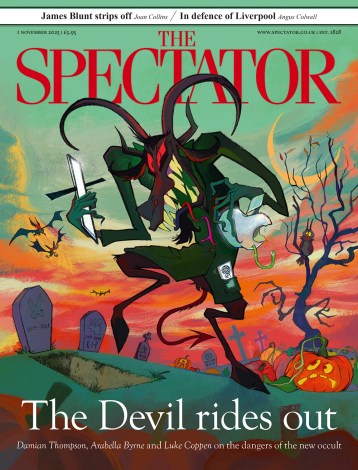It’s a dangerous business: rereading books you loved first time round. I found myself with some time on my hands last week and so returned to The Hare With Amber Eyes, Edmund de Waal’s award winning family history, told through an elaborate collection of netsuke, which he inherited from his great uncle.
The book was published to fevered critical acclaim. There is evidence of this on the copy I bought last week. The inside and back covers are crammed with luminaries gushing superlatives. It is masterpiece, everyone said.
I agreed with them then, but, having taken a more leisurely second read, I’m not so sure. De Waal’s book is certainly original. It is certainly captivating in parts. But it’s too uneven to qualify in the exclusive category of masterpiece.
De Waal’s prose is best when it is spare, but it is often baroque. He closes one chapter on an ancestor, the aesthete Charles Ephrussi (a model for Proust’s Charles Swann), with the following
purple passage:
‘Everything in this salon is heightened emotion. It is difficult not to feel alive in a place saturated with images of freedom and lassitude, days out in the countryside, young women, a gypsy
girl, bathers in the Seine, a loafer in a lane with nowhere to go, a gorgeous faun framed amongst and the broderies and all those curious, funny, tactile netsuke.’
These elaborate feelings contrast with the bald emotion in his account of his family’s flight from Vienna in the aftermath of the Anschluss in 1938. Those sections (and the affectionate
portrait of his great uncle Iggie’s life in Japan) are memorable. They have the unmistakable immediacy of a report; as if de Waal had witnessed the scene he describes or had spoken intimately
to those who had. He is less assured when colouring more distant events.
This means that the parochial Efrussi’s transformation into the cosmopolitan Ephrussi in the mid-nineteenth century is strangely flat. De Waal tells us an enormous amount about Charles, the fascinating art collector who first bought the netsuke, but little is said of those who forged the financial dynasty. They merit more attention.
De Waal spills a lot of ink on the netsuke. The collection is much more than a narrative device. They have an extraordinary story: purchased at a time of European cultural enlightenment, they survived the darkness of the Nazis when a loyal servant stuffed them in a mattress. They are a modest symbol of the Ephrussi’s once staggering influence, and one of the few to remain in the family’s hands.
De Waal avoids the pitfall of sentimentality and gives the impression of being hugely thankful to have this ‘hidden inheritance’. But his engagement with art, collecting and humanity is
slightly stunted, as if he were cautious about straying from the safe territory of family history. De Waal quotes Proust liberally, particularly the ruminations of Charles Swann, which leaves
you expecting more – and wanting more, because he is often gripping and wise company. But there is nothing in all 351 pages of The Hare With Amber Eyes to match the epigraph, taken
from Swann in Cities of the Plain:
‘Even when one is no longer attached to things, it’s still something to have been attached to them; because it was always for reasons which other
people didn’t grasp… Well, now that I’m a little too weary to live with other people, these old feelings, so personal and individual, that I had in the past, seem to me –
it’s the mania of all collectors – very precious. I open my heart to myself like a sort of vitrine, and examine one by one all those love affairs of which the world can know nothing.
And of this collection to which I’m now much more attached than to my others, I say to myself, rather as Mazarin said of his books, but in fact without the least distress, that it will be
very tiresome to have to leave it all.’





Comments